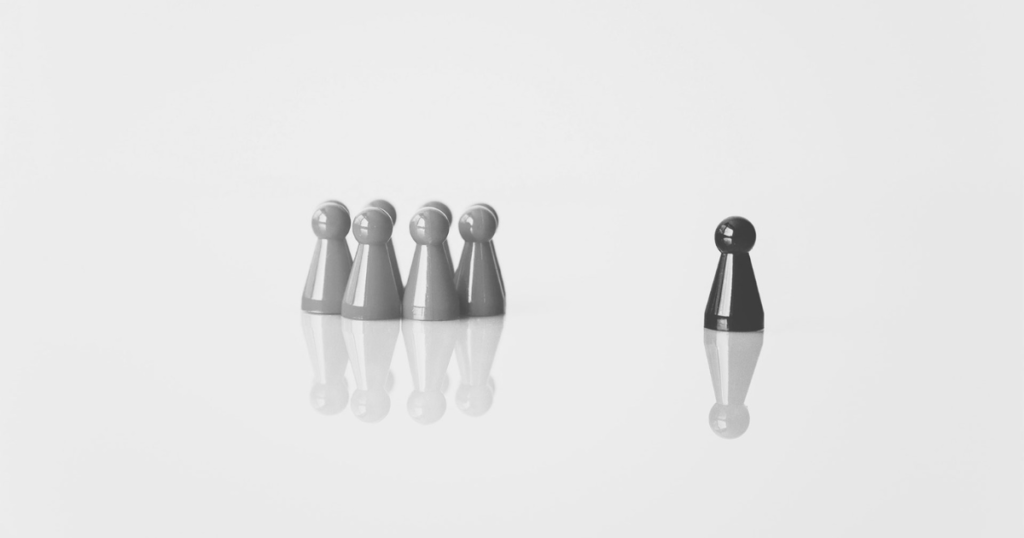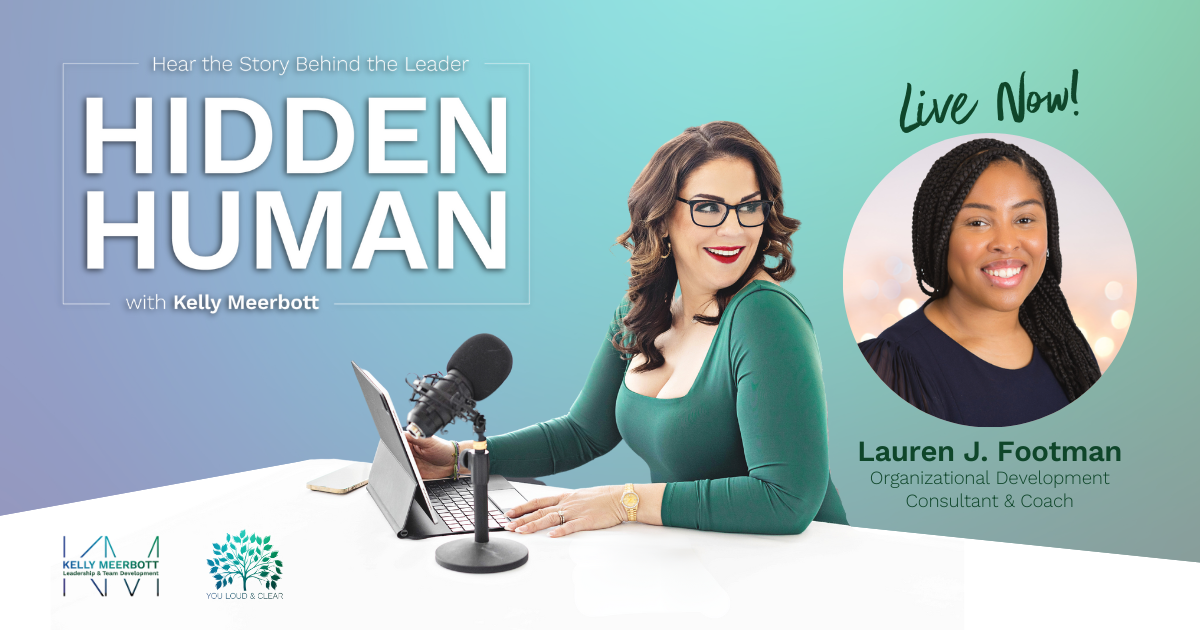We are bombarded by negativity and fear on a minute to minute basis as the onslaught of information or miss-information continues its relentless assault on our senses. These are challenging times, and we’re all kind of wondering, “How do we lead in this world?” Many of us, me included, are grappling with this question. I’m going to lead you through some of the things that I’ve experienced again and again, both in my research and in my 21 year + work with clients, that assists our thought process and approach to how we can learn to lead differently when the times change, like they’re changing now.
It is my intention, that after this series of blog posts, we’ll begin a dialogue and be able to come away with a few tips and ideas to try to think about and be more conscious of how we’re actually showing up as leaders. That includes everyone. No matter what job you’re in, we all have to shift our mindsets and do execute great leadership today.
How to Build Resilience as a Leader During a Crises
I want to start with building resilience while experiencing what it feels like to make decisions in disorder. Close your eyes and imagine in your mind’s eye what it’s like to be a doctor, nurse or work in medicine right now. You have to solve the patient’s illness immediately because their life is at stake data is incomplete, the situation keeps changing minute to minute, and we have to make decisions both collectively and quickly.What are you do you need to do in order to create the best solution in order to serve the greater good of all concerned? Make a note of the emotions and physical sensations that rose up in your body as you were witnessing those images in your mind’s eye. You’ll want to review it at the end of this blog post.
In her Harvard Business Review article “How Resilience Works” written on the heels of 9/11, Diane Coutu talks about reviewing the research on resilience. What she discovered was that there are three factors that repeatedly show up regarding people’s behaviors, but it also works at the organizational level.
Resilient people and organizations have the ability to face reality, not necessarily lose themselves in optimism. They look at the situation as it is coming at them. They don’t label it as positive or negative. It simply is the situation it is without judgment, story or cultural conditioning.
Secondly, they’re able to find that life is still meaningful, and they search for that meaning by anchoring in purpose. They know who they are and are staunchly in alignment with their integrity. When conditions are not perfect they are able to lock into their personal “why” and not lose focus on the bigger picture.
Finally, they’re able to improvise. They come from a place of Yes and… not No but. The ability to improv requires deep listening, noticing the nonverbal communication and being able to pivot quickly when the scene changes. These resilient leaders are able to face reality while anchoring themselves in their purpose. Facing reality requires understanding and accepting where we are in the present moment and the discipline to observe what is really happening. Anchoring in meaning builds up internal stability and creates clarity around what I’ll call the deeper questions, and I’m going to share with you what I mean by those. Then they leverage the information and situation that’s coming at them to treat the situation as workable.
Improvisation facilitates faster learning, quicker decision-making, and adapting in our teams,. It’s the opposite of overthinking. In other words, how do we sort through all of this data and even translate the conversations that we’re having without falling into the trap of absolute analysis paralysis? You may have felt all of these in the last several weeks, as we’ve been grappling with COVID19 and the crisis that is surrounding us in the cities around the world.
I want to give a simple example actually from the crisis that illustrates these resilient characteristics. One of the ones that I love is the example of Master Kong, which is a noodle and beverage supplier in China. As the COVID19 crisis was unfolding in China, starting in Hubei province, this company very quickly was able to evolve from a big store delivery model into e-commerce and to small stores, because the distribution reality and the consumer behavior reality of going into stores was changing extremely rapidly.
Master Kong did that because they saw the signals early. They got very clear on what they were about (their purpose) and what they were there to do. All they needed to do was feed their customers who needed food. Due to their laser like focus on their purpose they were able to improvise and change their supply chain. As a result of this quick pivot, they were able to rebuild their supply chain back to 50% within weeks of the outbreak. At the heart of this example they demonstrated the idea of combining clarity with speed that created a workable solution for all concerned.
To Summarize this Blog Post:
In order to build personal or organizational resilience –
1. Face reality as it is not through the lens of optimism or pessimism
2. Life is meaningful. Anchor in purpose.
3. Improvise. Come from a space of Yes and not No but
How can you use what you learned about yourself in the earlier exercise to build your resilience muscle?[/vc_column_text][/vc_column_inner][/vc_row_inner][/vc_column][/vc_row]




